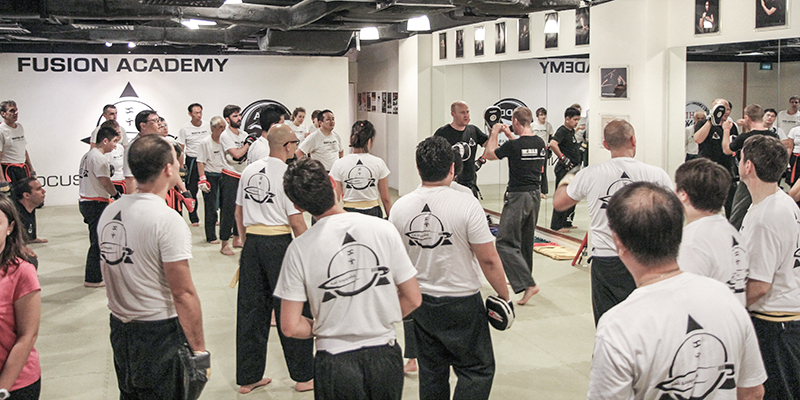
Don’t Let Someone Ruin Your Day, Do It Yourself!
(A 3-minute read.)
In today’s modern society, many of us find ourselves living in a “comfort crisis.” We have become accustomed to a certain level of comfort in our lives, be it physical, emotional or material and this baseline has made it increasingly difficult for us to handle situations that challenge us. However, by embracing the idea of “self-imposed discomfort”, we can strengthen ourselves and become better equipped to face the inevitable challenges that life throws our way.
Before I go any further, a disclaimer: I acknowledge that the concept of seeking discomfort is a “first-world problem”, given the abundance of comfort and convenience in our lives. However, this doesn’t diminish the significance exposing ourselves to difficulties on purpose. It’s akin to the fact that we need to dedicated time to go to a gym to use our bodies for what we were designed to do: move, lift things.
Author Michael Easter, in his book “The Comfort Crisis,” sheds light on the detrimental effects of our modern lifestyle on our connection with nature and overall well-being. He emphasizes the importance of creating “sensation-restoring discomfort” to find balance and fulfilment. While it may seem illogical, exposing ourselves to discomfort can actually lead to us being more content and resilient.
G. Michael Hopf’s quote, “Hard times create strong men. Strong men create good times. Good times create weak men. And weak men create hard times,” highlights the cyclical nature of human strength and weakness. By willingly embracing challenges and pushing ourselves beyond our limits, we can prevent becoming complacent and weak when faced with adversity. Along these same lines as well, if you’re not aware of what “type 2 fun” is, look it up.
One effective way to start embracing discomfort is by progressively challenging ourselves. For example, if you’re not a runner, running shorter distances like 2KM or 5KM might feel very challenging. But as you consistently push your limits, what was once torture will become more comfortable. You can gradually increase the distance to 7KM, 10KM, 15KM, and beyond. Similarly, in other areas of life, to take commuting as an example, try opting for alternatives like taking a bus instead of driving or cycling instead of taking a bus or even walking.
Engaging in activities outside our comfort zones has numerous benefits. Firstly, it helps us build resilience and adaptability. By willingly subjecting ourselves to challenges, we develop the ability to face unexpected situations with greater confidence and poise. Secondly, stepping out of our comfort zones fosters personal growth and self-discovery. It opens doors to new experiences, perspectives, and opportunities that we may have otherwise missed. Finally, embracing discomfort empowers us to become more proactive in shaping our own lives, rather than allowing external circumstances or other people to dictate our happiness and well-being.
In a world that often prioritizes comfort and convenience, it is crucial to recognize the value of self-imposed discomfort. By challenging ourselves physically, mentally, and emotionally, we strengthen our resilience and become better equipped to face life’s difficulties. Stepping out of our comfort zones, whether through new experiences or by expanding our daily routines, empowers us to take control of our own growth and happiness.
To add to a mantra dear to Kali Majapahit’s Guro Jan Sorensen: “Live below your means”, but even more than that, learn to live beyond your comfort zone. Don’t let someone ruin your day—take charge, seek voluntary discomfort, and pave the way for a more fulfilling and satisfying life.
Come & Experience It Yourself.

Get In Touch
How can we help to get you started?
